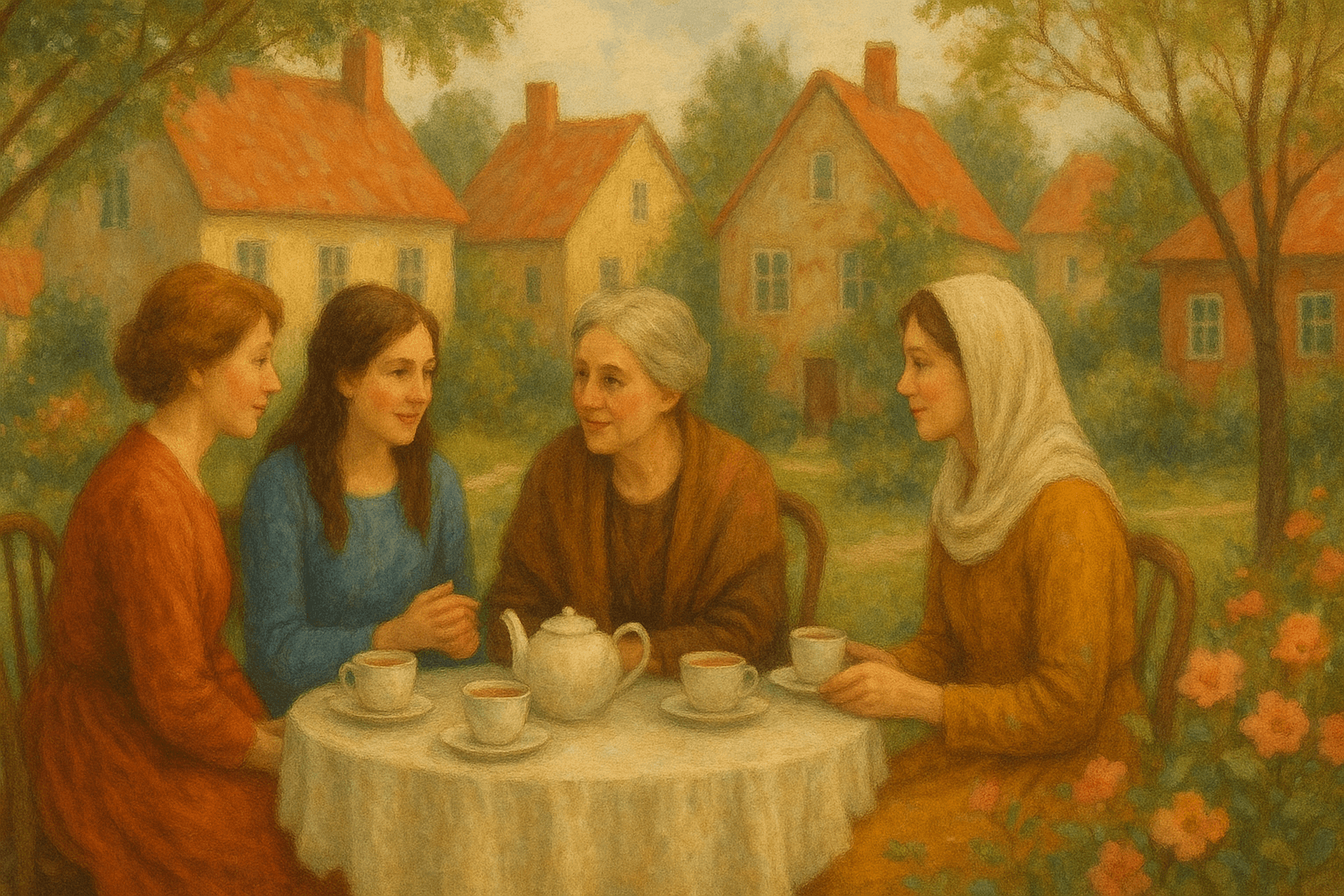The Heart of Cranford: Exploring Love and Relationships

In Elizabeth Gaskell's Cranford , love and relationships are not just themes; they are the very heartbeat of the community. Set in a small village predominantly populated by women, the narrative deftly navigates the intricate dynamics of affection, friendship, and family ties. Here, the absence of men creates a unique backdrop that allows the women to form deep connections, yet also presents challenges that reflect the societal norms of their time.
From the very first chapter, we see how the arrival of Captain Brown stirs the pot of established social order. His candid discussions about poverty and the presence of his charming daughter, Miss Jessie, introduce a new dynamic that disrupts the gentle camaraderie among the Cranford ladies. This disruption is a catalyst for exploring how love can evolve in the face of changing social landscapes.
As we delve deeper into the narrative, the relationships within the Brown family unveil the complexities of familial love. Captain Brown’s selfless acts of kindness highlight the bonds of community, particularly in the face of tragedy. His death serves as a poignant reminder of sacrifice and the emotional toll caregiving takes on those left behind. Miss Jessie’s determination to care for her ailing sister after their father’s passing showcases not only the depth of familial love but also the resilience that emerges even in the darkest of times.
Miss Matty’s journey is especially compelling, as she navigates the waves of grief and nostalgia after losing her sister. Her reflections on past loves reveal the weight of societal expectations and how they shape personal choices. The ambiguous feelings she harbors for Mr. Holbrook tug at the heartstrings, illustrating that love can transcend time and societal constraints, yet remains influenced by them. It’s a reminder that our past relationships often echo into our present.
The community of Cranford itself becomes a character, showcasing how love manifests in friendships and social interactions. The tea gatherings, filled with humor and subtle rivalries, reveal the warmth that exists even within rigid social structures. Miss Betty Barker’s attempts to impress her guests highlight the innate human desire for connection and acceptance, emphasizing that relationships in Cranford are deeply intertwined with social class and etiquette.
As the story unfolds, we also witness the impact of gossip and societal expectations on relationships. The speculation surrounding Lady Glenmire’s engagement serves as a microcosm of how love can be dissected and judged within a community. Yet, amidst the gossip, genuine affection and camaraderie shine through, reminding us that true relationships are built on understanding and shared experiences.
Ultimately, Cranford paints a rich tapestry of love and relationships, capturing the essence of human connection in all its forms. From familial bonds to friendships forged in adversity, the narrative illustrates that love is a source of strength, resilience, and joy. The characters’ journeys reveal that even in the face of societal constraints and personal losses, love remains a powerful force that binds them together.
In this tale, we are left with an essential truth: love, in its many forms, is not just about romance; it’s about the connections we nurture, the sacrifices we make, and the resilience we show in the face of life’s challenges. So, as we close the pages of Cranford , we are reminded that while the characters may navigate their own paths, the love they share creates an unbreakable bond that transcends time and circumstance.
Books: Cranford
Authors: Elizabeth Cleghorn Gaskell
Publishers: Public Domain